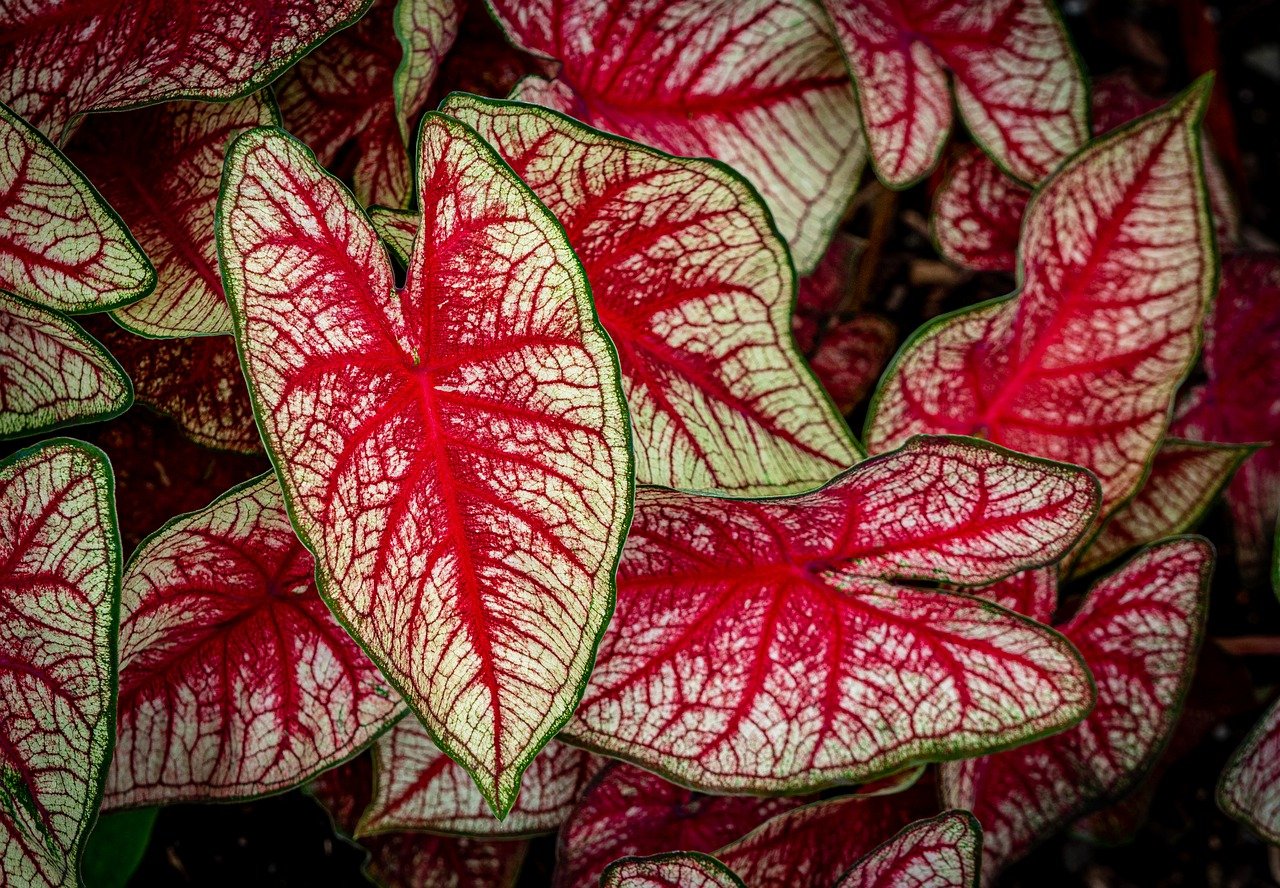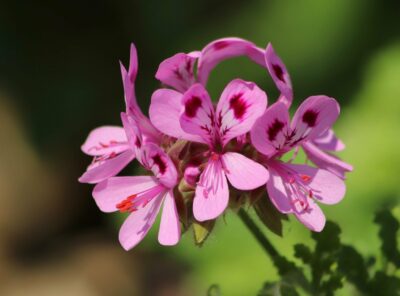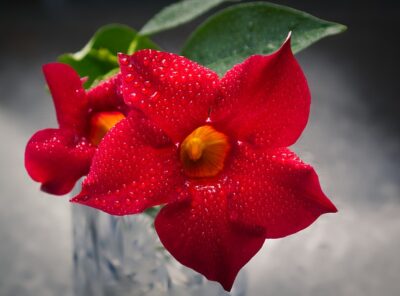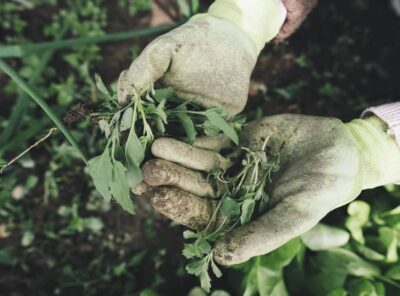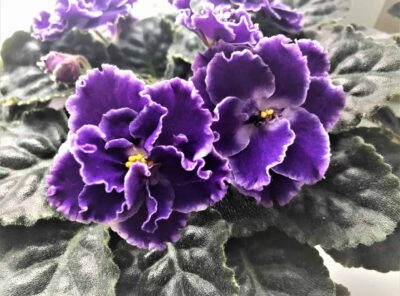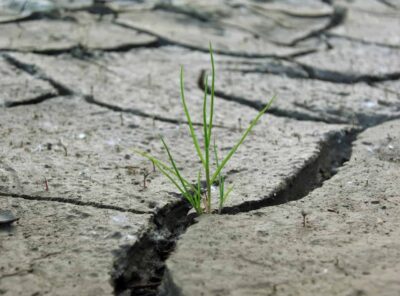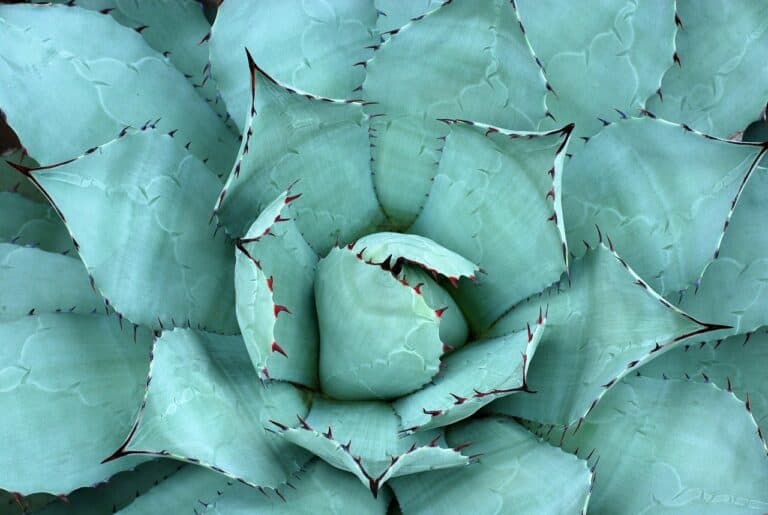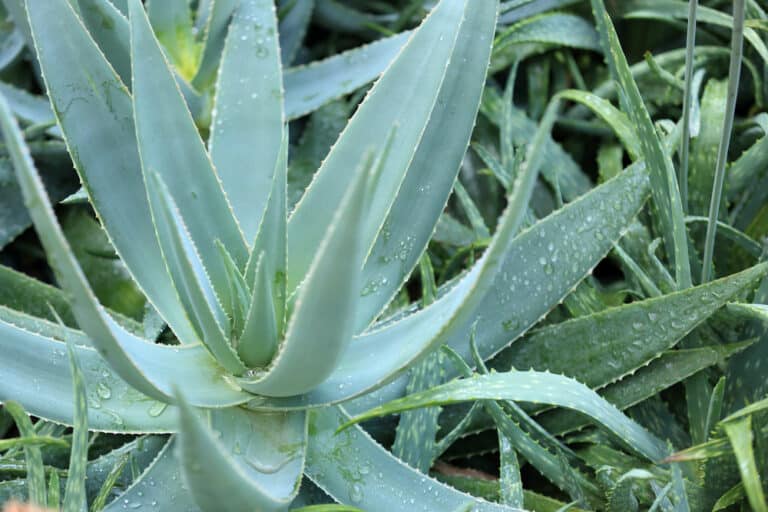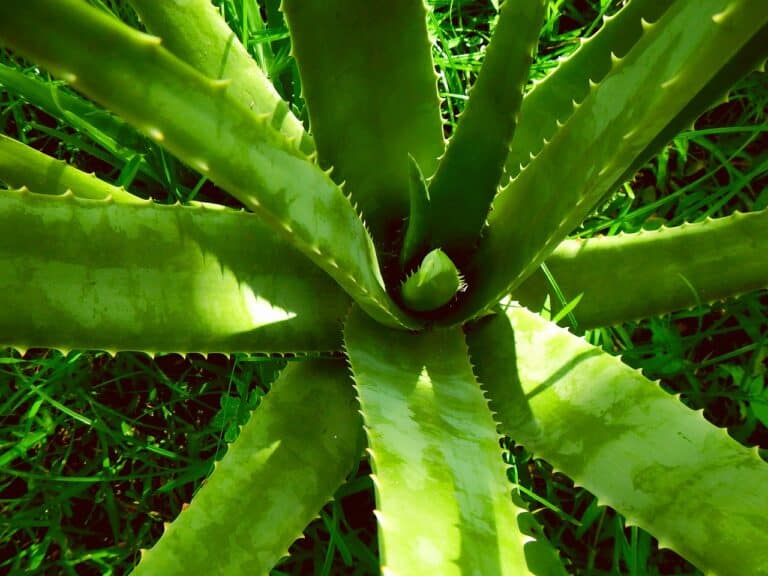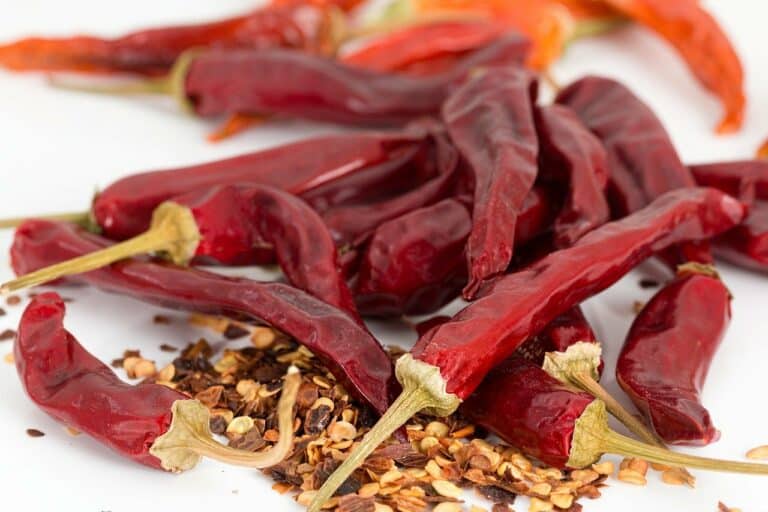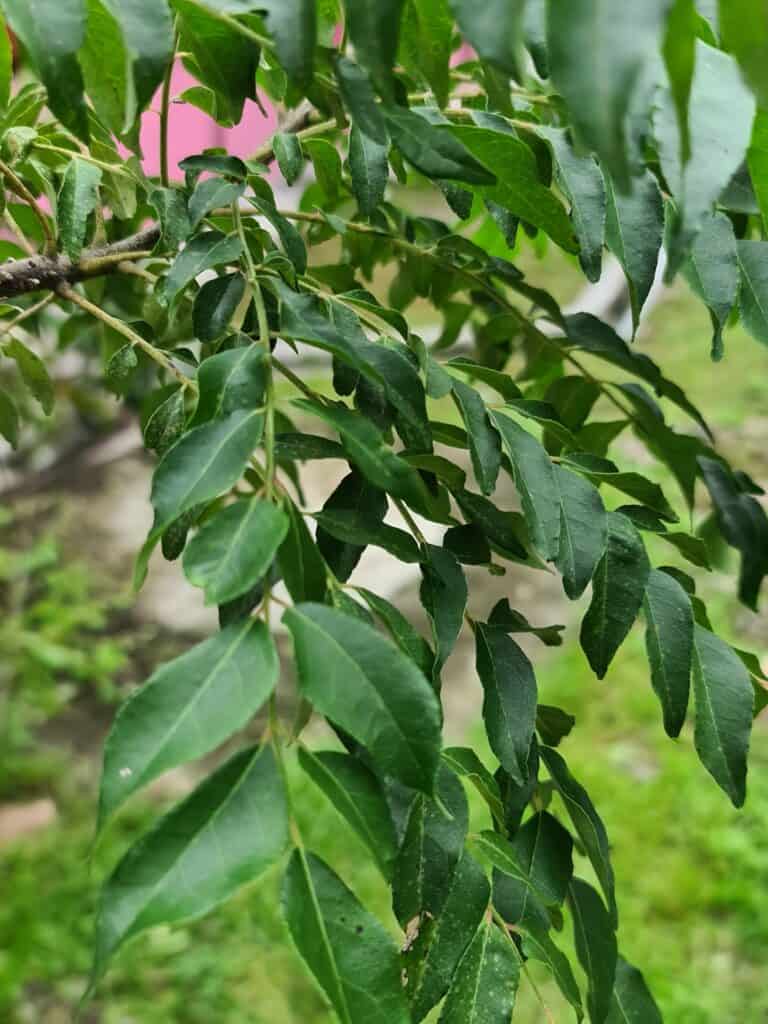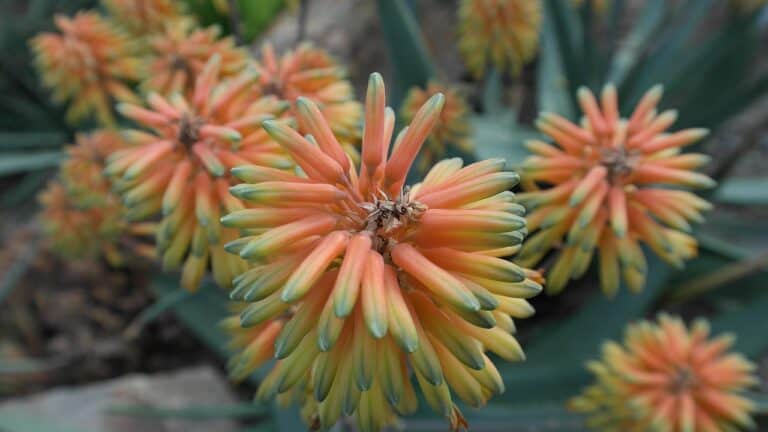Image by Samuel Stone from Pixabay
|| How Do Lotus Flower Grow ||
Table of Contents
How to Plant Caladium Bulbs
Caladiums are a large tropical perennial plant with approximately 1000 different color variations. These broadleaf plants, which are commonly used in outdoor gardening in warmer climates, may provide a dash of color to any indoor space, whether it’s spectacular or subtle. These plants require a little extra care when grown indoors, but their rich, showy growth is well worth the effort.
Characteristics
Caladiums are members of the arum family of plants and are scientifically known as Caladium x hortulanum. White, red, pink, rose, burgundy, chartreuse, and green are some of the color possibilities for this plant. Commercially, around 75 varieties are available, and the variety is astounding. Fancy and lance-leafed cultivars are the two primary groups of cultivars. Large heart-shaped leaves characterize fancy-leafed varieties.
A number of cultivars have been produced by the University of Florida that flourish in our warm climate. ‘Passionista,’ ‘Summer Pink,’ ‘Tapestry,’ and ‘Fiesta’ are examples of pink and multicolored caladiums. Try ‘Sizzle,’ ‘Red Hot,’ ‘Royal Flush,’ and ‘Cherry Tart’ for red caladiums. Look for ‘Cosmic Delight’ and ‘Icicle’ in white. There are dozens more cultivars available, and some of them are featured in our article Caladium Cultivars Developed at UF. (1)
Caladiums are tropical plants that need to be started in warm indoor conditions in the spring – they need temperatures of around 68°F or more to come out of dormancy and can be slow to get going – but they can be planted outside once the air temperature outside is consistently at least 60°F. The soil temperature is at least 65°F.
Be patient and resist the impulse to overwater them while they’re still dormant since the first leaves should appear 6-8 weeks after planting.
After a few weeks, roots and sprouts should grow, with mature sizes reaching 25 inches tall.
These tough performers simply require a little warm soil, fertilizer, and water to keep their color brilliant throughout the season.
Caladiums brighten up the yard and add a splash of color where other flowering plants fail to do so.
Planting Caladium Bulbs
If you prefer the experience of growing things from seeds or roots and aren’t looking for a speedy impact, you might grow caladiums from bulbs instead of buying sprouted plants.
If two caladium plants were compared side by side, it is easy to tell the difference in quality between them.
Caladium tubers are categorized based on their size. The largest has a 1.5 to 2.5 inches diameter and is classified as #1. Smaller tubers are designated as #2 or #3. Longfield Gardens only sells caladium tubers of grade #1. These larger tubers have more “eyes,” or growth sites, producing more significant, more complete plants.
Any rich potting compost will do for the growing media; you can boost organic matter levels by adding bark chips (such as Orchid compost) or moss.
To maintain their leaves and tubers healthy, apply an organic bulb fertilizer with bone meal to the root area at the base after planting, and then a 3-1-2 liquid fertilizer during the growing season.
Leaf types:
Caladium leaves are classified into two types:
Caladiums with fancy leaves have enormous heart-shaped leaves that can grow more than a foot long.
Strap-leaf kinds have narrower arrow- or lance-shaped foliage than other varieties. As a result, plants are a little more compact and cold tolerant.
Although both types of leaves are thin and delicate, newer varieties, such as Proven Winners’ Heart to Heart TM line, have been engineered to have larger leaves that are more sun tolerant and tear-resistant.
Plan for Success
Caladiums grow well in the shade of the yard and garden. In southern regions, they flourish in full to partial shade. In northern latitudes, most caladiums may be grown in the sun if they are given enough water, and their leaves are shaded during the hottest part of the day.
Zones 9 through 11 are suitable for caladiums. Tubers can be left in the ground all year in these temperate climates. However, caladiums are frequently grown as annuals in zones 3–8 and are planted when the soil is warm in late April. Do you have any doubts about your hardiness zone? Our zone map can be found here.
When Should You Plant? Caladiums are tropical plants that thrive in warm soil and hot temperatures. If the tubers are placed in cold ground, they will not grow and may rot. In the spring, plant the tubers. when the evenings are warm and the soil temperature is at least 65 degrees Fahrenheit. In cooler climates, caladium tubers can be grown indoors 4-6 weeks before planting season to give them a head start. Plant the tubers in seedling flats or pots shallowly. Keep them warm (70°F) and slightly wet to stimulate growth.
If you start your caladium bulbs in the warmer part of the season, when the soil temperature hits 65°F, you could observe leaves as soon as three weeks after planting.
Caladiums thrive in 50 percent humidity levels in their natural habitats in South and Central America, so they mimic this in an indoor setting.
Many gardeners find that cutting off the central bud with a knife after planting caladium bulbs makes it simpler for the smaller buds to sprout.
Whether grown indoors or outdoors, Caladiums provide a vibrant summer show that is guaranteed to please.
Finding The Right Spot In Your garden To Plant Your Caladiums
In locations where the growing season is shorter, and they are cultivated as annuals, planting them closer together will result in a denser planting.
Caladium bulbs are simple to grow and persist for years if properly cared for.
Plant your bulbs deep enough in the ground to be covered by 12″ to 2″ of soil. It’s a vehicle that moves slowly. After you’ve planted it, give it some water.
The surrounding soil or compost begins to dry up as the leaves grow, signaling that it’s time to increase the watering.
If the area floods after a good storm, you might want to consider planting your bulbs somewhere else.
Plants in direct sunlight should be monitored because the soil will dry out more quickly. In addition, a plant will require significantly more energy in the spring and early summer, when the days are lengthening and the plant is rapidly putting out the new leaf, than in the dark days of winter, when it is practically dormant.
Compost should be thickly on top of the soil or covered with bark chips to trap moisture and nourish it. The damp soil that Caladiums crave is a low-maintenance choice, and regular watering will ensure plenty of lush foliage.
Provide them in well-draining soil, and if water puddles appear 5–6 hours after heavy rain, relocate them or enhance drainage by adding organic material to the soil.
This plant thrives in a moist, dappled-shade environment as long as there is no standing water.
They flourish in the shade offered by trees and larger shrubs; just make sure they aren’t planted right in the middle of the tree’s roots, where they will compete for water in the soil and won’t get the moisture they require.
Plant them in full sun or moderate shade, but keep them hydrated adequately because they will quickly dry up in the full sun.
Despite its ability to withstand 6 to 8 hours of early sun, this fancy-leaf cultivar thrives in full to partial shade.
Caladiums in the shade have larger leaves and attempt to grow taller to capture the light, while those in the sun don’t have to work as hard.
They may survive in filtered sunlight, harsh indirect light, or partial shade in warm climates but prefer full shade. Caladiums brighten up the yard and create a bright highlight were many flowering plants can’t.
Caladiums are tropical plants that grow swiftly enough as summer annuals in cooler climates or as year-round houseplants.
Even if your favorite flower only blooms for a week or two, caladiums will provide superb leaf color and texture throughout summer.
Zones:
It is a perennial in zones 9-11; in other zones, it can be cultivated as an annual or a houseplant.
18 to 24 inches tall; dwarf varieties under 12 inches tall are also available.


